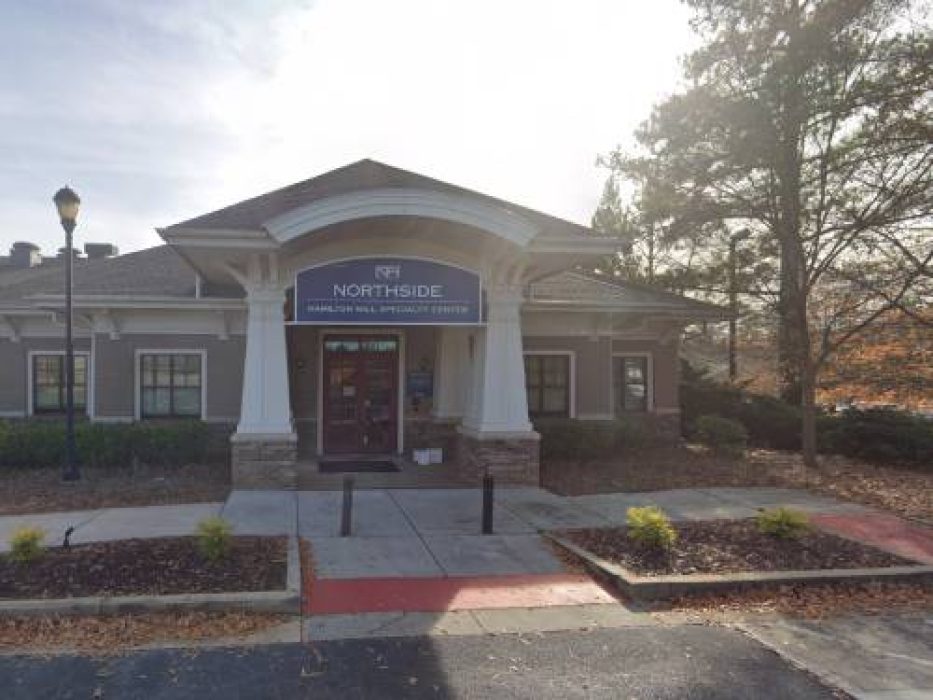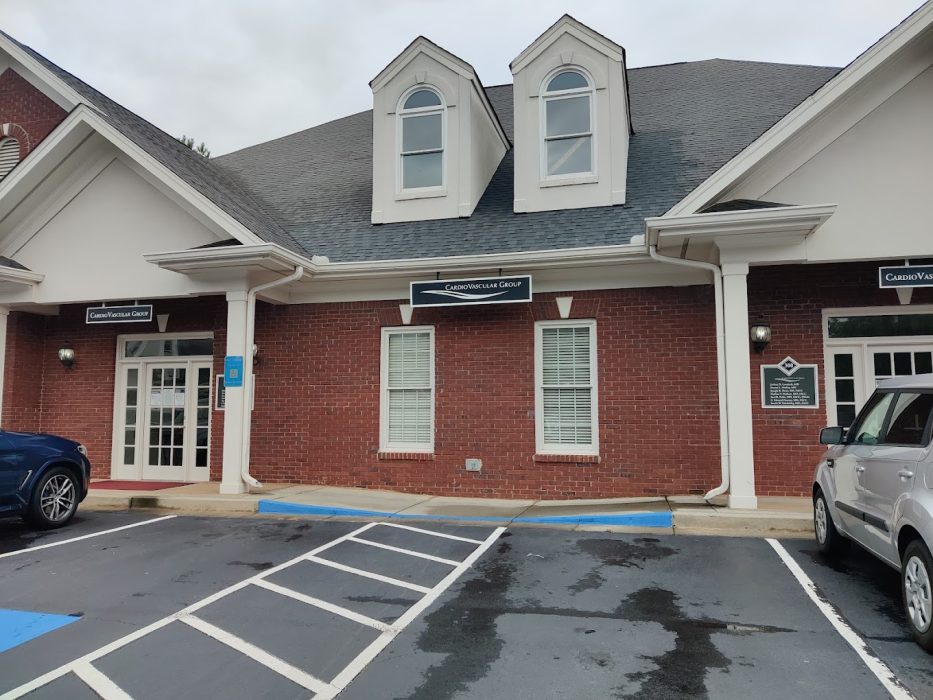You know those pesky blue veins that tend to bulge out of your skin as you age? They’re actually called varicose veins and are most commonly found on the legs and are more common in women than in men. They are usually purple or blue in color and can be seen and felt right under the skin. Varicose veins affect about 30 million Americans, so if you notice some on yourself, you’re certainly not alone. They are often considered undesirable from a cosmetic standpoint, but did you know that they can sometimes have medical implications as well?
What are Varicose Veins?
Varicose veins are engorged, twisted veins that result from weak or damaged vein walls where blood pools and remains more stagnant than usual. The biggest determining factor concerning whether or not you develop varicose veins is genetics. Other than that, there are a few other factors that might increase your risk, although most of these will only do so mildly.
Additional risk factors for varicose veins include:
- Gender: As stated earlier, women are more likely to develop varicose veins than their male counterparts.
- Age: The likelihood of varicose veins increases with age. Typically, those over the age of 50 are at a higher risk of developing new varicose veins.
- Obesity: Obesity will put more pressure on the veins, leaving them more vulnerable to problems such as varicose veins.
- Lifestyle: If you lead a life where you sit or stand still for long periods of time every day, blood is more likely to pool, creating these pesky veins.
- Pregnancy: Being pregnant naturally increases the overall volume of blood in your body and therefore your risk of developing varicose veins. It is normal for women to experience an estimated 50% increase in blood volume during pregnancy. As your blood volume increases, the rate at which blood flows from your legs to your pelvis decreases, leaving you more susceptible to varicose veins.
Are Varicose Veins Dangerous?
While often considered merely an aesthetic inconvenience, varicose veins can be a health hazard in a few different cases. When varicose veins are accompanied by certain symptoms such as mild aches, throbbing, or swelling, there is oftentimes a more serious issue present and these symptoms should not be ignored. When no symptoms are present, and the veins appear smaller, these are referred to as “spider veins.”
Dangers of varicose veins can include:
- Venous Ulcers
Varicose veins can sometimes lead to ulcers if left untreated. When blood is left stagnant under the skin, it can collect and build a mass that can rupture through the skin, causing a venous ulcer or open skin sore.
- Blood Clots
Varicose veins can eventually lead to blood clots if they are not properly addressed. Any time you have improper blood flow, such as the pooling of blood that causes varicose veins, there is an increased chance of clotting. Blood clots are dangerous for many reasons, possible stroke and heart attack are just two examples. Additionally, approximately 25% of people who develop clots in their varicose veins will eventually develop deep vein thrombosis (DVT), which is a very serious condition that needs immediate medical attention.
- Bleeding
With a large buildup of blood right below the skin, any slight cut can cause significant bleeding for varicose veins. Even if the skin is not broken, the vein could still burst, resulting in extensive bruising.
Preventing Varicose Veins
While a lot of determination as to who will get varicose veins is genetic, there are a few things you can do to lower your risk of varicose veins.
- Exercising
Exercising will not only combat obesity, which will, in turn, combat varicose veins, but it will also be good for heart health and vein health in general. It will also get the blood pumping and flowing better to minimize opportunities for pooling.
- Elevating your legs
Elevating your legs while sitting or laying down can also help prevent the formation or worsening of these veins. Gravity can pull extra blood to extremities and encourage the pooling that leads to varicose veins.
- Minimizing salt
Minimizing the amount of salt in your diet can also aid in your goal. Salt causes you to hold excess water in your blood, which increases overall blood volume. This puts pressure on the veins, thus leading to the bulging veins you see on your legs.
What to Do If You Have Varicose Veins

If you’re concerned about your varicose veins, don’t hesitate to visit a cardiovascular specialist to determine whether treatment is needed. Often, the condition is diagnosed and treated with simple lifestyle adjustments, such as more frequent exercise and diet changes. Compression stockings are also a common first-course of action as they encourage proper blood flow.
If the issue is not remedied by more minor changes, laser therapy can help to eliminate or minimize veins. Laser therapy can also act as a cosmetic solution to reduce their appearance and is often an elected procedure. The doctors at Cardiovascular Group can help you keep your veins and general cardiovascular health in tip-top shape! Visit us today and find out how we can help you determine the best pathway for your vein health!













